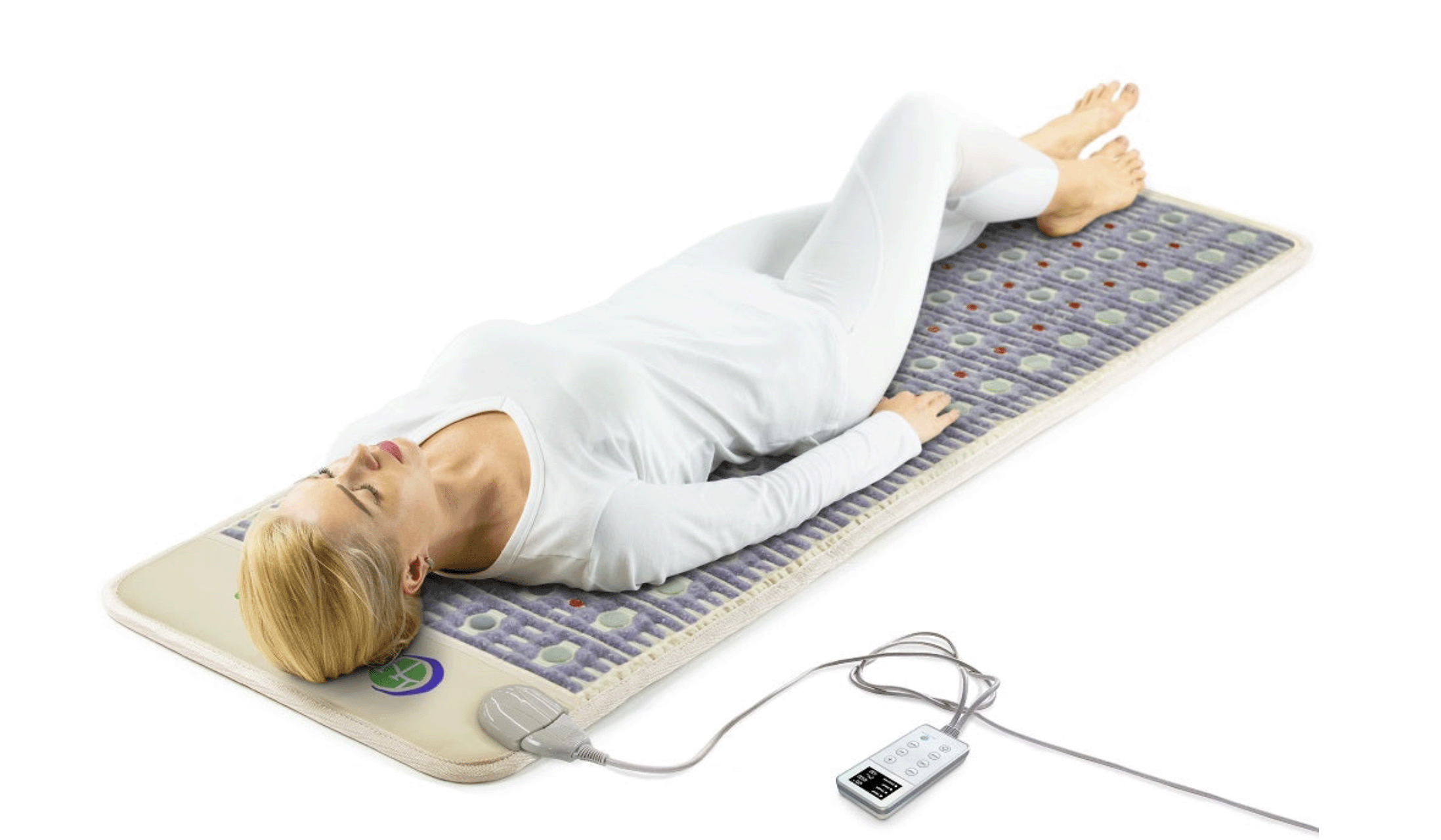Microcurrent Therapy vs. PEMF: Unveiling the Contrasts
Introduction: Microcurrent Therapy vs. PEMF
In the realm of alternative therapies, microcurrent therapy and PEMF (Pulsed Electromagnetic Field) have emerged as promising modalities for promoting healing and wellness. These non-invasive techniques utilize electrical currents and electromagnetic fields, respectively, to stimulate cellular activity in the body. In this blog post, we will explore the distinctions between microcurrent therapy and PEMF, shedding light on their mechanisms, applications, and potential benefits. Microcurrent Therapy vs. PEMF
Understanding Microcurrent Therapy:
Microcurrent therapy involves the application of extremely low-level electrical currents, typically in the range of millionths of an ampere, to targeted areas of the body. The goal is to mimic the body’s natural bioelectrical currents, that promote cellular healing and tissue repair. It is commonly used in anti-aging services, sports medicine, and pain management.
Mechanism and Application: Microcurrent Therapy vs. PEMF
Microcurrent therapy work by delivering subtle electrical currents that stimulate cellular energy production and enhance ATP (adenosine triphosphate) synthesis. ATP is the primary energy source for cells, and by increasing its production, microcurrent therapy will facilitate healing processes. This therapy is typically administered through specialized devices with electrodes placed on the skin, targeting the affected area or acupoints. It is employed to address conditions such as pain, inflammation, wound healing, muscle and joint disorders, as well as anti-aging services. Microcurrent Therapy vs. PEMF
Benefits and Limitations:
Microcurrent therapy is praised for its non-invasiveness, painlessness, and low risk of adverse effects. It is considered safe for most individuals, including those with sensitive skin or electrical implants. The therapy may improve blood circulation, reduce inflammation, relieve pain, and promote tissue regeneration. However, it is important to note that while many anecdotal reports support its efficacy, further research is needed to establish its clinical effectiveness and mechanisms of action.
Exploring PEMF:
PEMF utilizes electromagnetic fields to deliver pulsed energy to cells and tissues. These fields are generated by specialized devices that produce specific frequencies and intensities. PEMF therapy is based on the concept that electromagnetic fields can positively influence cellular metabolism and enhance overall well-being.
Mechanism and Application:
PEMF devices generate pulsating electromagnetic fields that penetrate the body and induce electrical currents within the cells. These currents can stimulate cellular activity, including increased ATP production, enhanced nutrient absorption, and improved waste removal. PEMF therapy can be administered through various devices such as mats, pads, or coils, depending on the target area. It is utilized for conditions such as pain management, osteoarthritis, fracture healing, and promoting general wellness.
Benefits and Limitations:
PEMF therapy offers non-invasiveness, ease of use, and the potential for widespread application. It has been associated with pain reduction, improved circulation, enhanced bone healing, and accelerated tissue repair. Some studies have also suggested its potential benefits for neurological disorders and mental health. However, while PEMF therapy shows promise, further research is required to establish optimal treatment parameters, long-term effects, and its efficacy for specific conditions.
Conclusion:
Microcurrent therapy and PEMF represent two distinct approaches to alternative therapies, utilizing electrical currents and electromagnetic fields, respectively, to stimulate cellular activity. Microcurrent therapy focuses on low-level electrical currents that mimic the body’s natural bioelectrical currents and promote healing, cellular repair and turn-over while PEMF employs pulsed electromagnetic fields to influence cellular metabolism and overall well-being. Both modalities offer non-invasiveness and potential benefits in pain management and tissue healing, although further scientific research is necessary to solidify PEMF’s clinical effectiveness and mechanisms of action.

